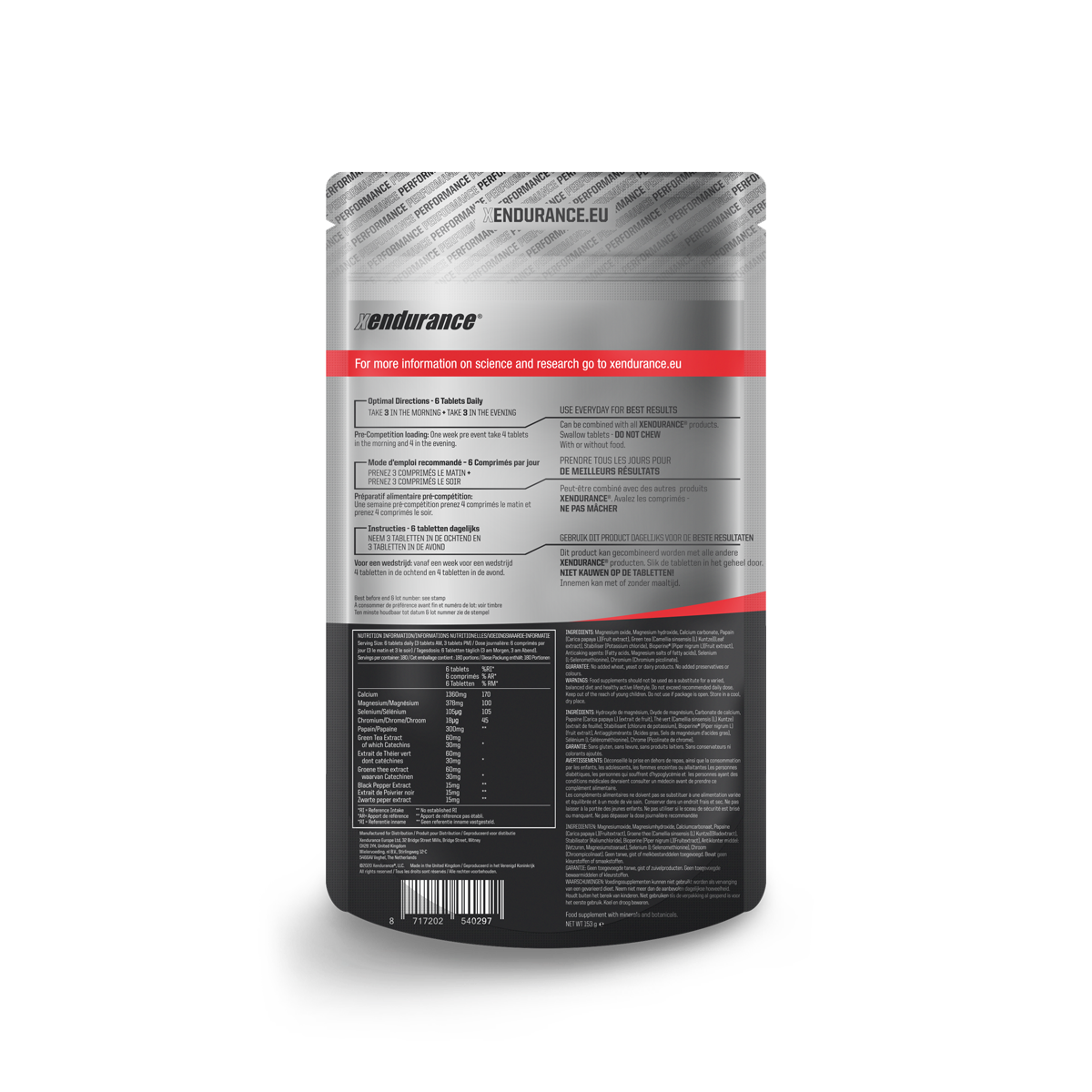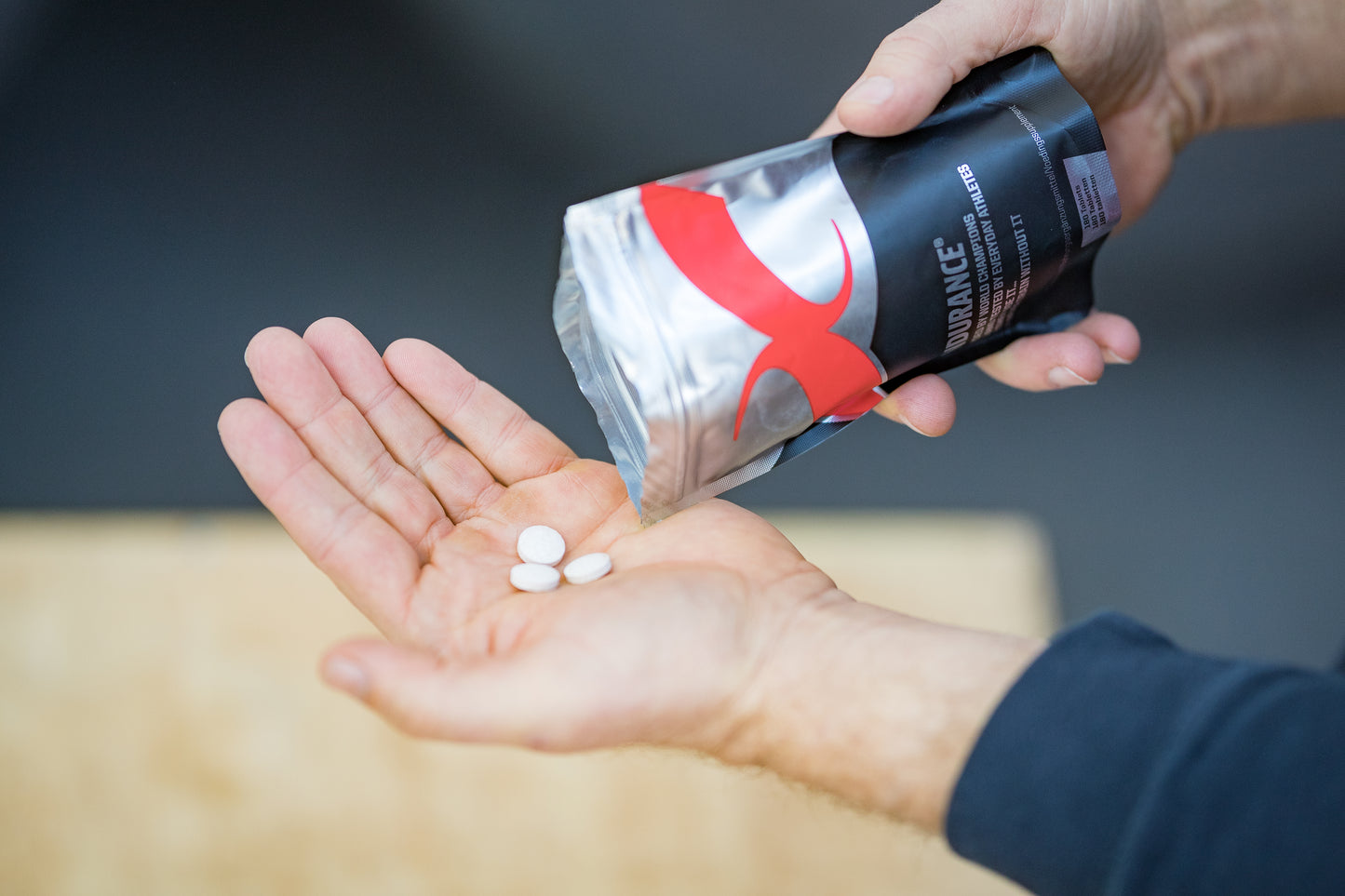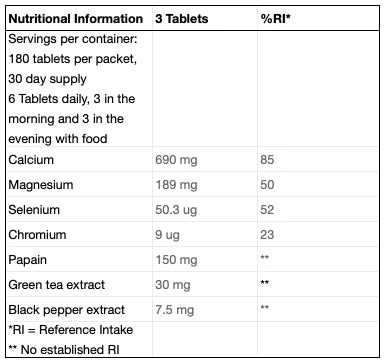Share
Often viewed in negative terms, lactate is not in fact the enemy but an essential part of human energy production and life itself! Here’s a list of myth-busting lactate facts:
- Lactate is being continuously produced. Cells in the body have a rapid need for energy and rapid delivery of energy comes anaerobically (without oxygen). So, there are small amounts in the blood at rest and during very light exercise.
- Lactate is not a waste product. It is an important source of energy within the muscles. Lactate is produced anaerobically but can be used aerobically (in combination with oxygen) to generate further ATP (energy).
- Blood lactate rises as more energy is made anaerobically. When blood lactate levels rise it means that lactate production in the muscles is exceeding its removal (or use by the muscles).
- Blood lactate levels are a very useful indicator of exercise intensity. They are measured taking small pin-prick samples from the fingertip of ear lobe. A small handheld device, similar to a glucose monitor, measures the amount of lactate in the sample. Once solely used by sports scientists it’s now common for these to be used by athletes to monitor their key training sessions.
- 2 lactate thresholds or turn-points have been identified that denote the transition from easy exercise to moderate exercise and from moderate exercise to hard exercise.
- LT1 (aka. aerobic threshold) marks the point where lactate first start to build up in the blood above resting levels. Theoretically exercise in this region can be continued for long time periods.
- LT2 (aka. lactate threshold or anaerobic threshold) occurs at the point where lactate accumulation in the bloodstream occurs exponentially. Exercise at or above this level can’t be carried out for very long.
- Lactate is not likely to be a direct cause of fatigue. You do not find exercise difficult purely due to lactate accumulation nor do you ‘give up’ on hard efforts for this reason alone either.
- Lactate doesn’t cause the familiar burning sensation felt in the lungs or muscles when exercising at high intensities. It is the hydrogen ions (separated from the lactate) that results in a more acidic environment in the muscle and/or blood. The lower pH stimulates pain receptors within muscles producing that familiar ‘burn’.










